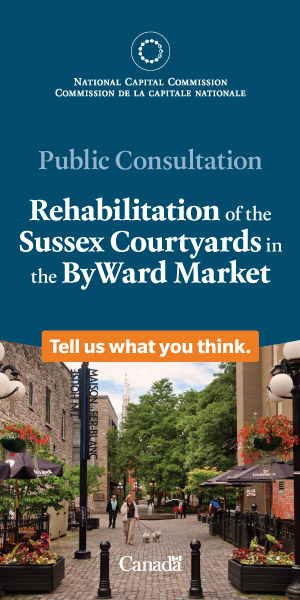
Determining when to evacuate when under threat from a wildfire is an extremely difficult decision for many First Nations communities, particularly for those in remote and difficult-to-reach locations. An evacuation plan that meets the needs of the community, based on their values, resources, and governance structures, is essential for a safe and successful evacuation.
The First Nations Wildfire Evacuation Partnership was formed shortly after the devasting wildfires of 2011 when 4,216 fires swept across Canada and consumed 2.6 million hectares of forest. First Nations were severely affected with thousands of residents from thirty-five communities throughout Ontario, Saskatchewan, and Alberta forced to evacuate their lands, some with great difficulty. From inception, the Partnership, formed by Tara McGee and Amy Cardinal Christianson, responded to two key questions: How have First Nations peoples and communities been affected by wildfire evacuations? How can the negative effects of these evacuations be reduced?
First Nations Wildfire Evacuations: A Guide for Communities and External Agencies is the result of that partnership. The authors performed over 200 interviews with evacuees and involved government and external agencies to create this essential guide for communities at risk from wildfires, the external agencies that work with those communities, and evacuee hosts.
“This work highlights the fact that Indigenous people, in learning from the environments they have lived in and cared for since time immemorial, have embraced the First Nations idea that adaptation equals resilience equals sustainability.”
–David A. Diablo, Assembly of First Nations, Special Advisor-Emergency Services
This evacuation guide covers each stage of putting together an evacuation plan: the decision to evacuate, mobilizing the chosen plan, organizing transportation and suitable accommodations, culturally sensitive care for evacuees, and celebration of the return home. Specific topics include:
- assessing the risk to the health and safety of community members
- knowing when to do a partial vs a full evacuation
- figuring out who to contact for help
- troubleshooting transportation
- communicating with members before and after the evacuation
- arranging appropriate accommodation for evacuees
- caring for Elders and other more vulnerable community members
- organizing food and activities while away
With climate change raising the danger of wildfires around the world, the experiences of the communities featured in First Nations Wildfire Evacuations will serve as an indispensable resource for any town at risk from fire.











